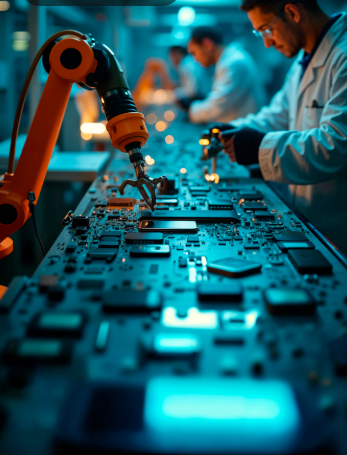A recent study conducted by MIT for the purpose of its project NANDA has taken the world by storm. The study found that AI is more prominently used in the workplace than expected. AI in the workplace is widely used not only for its efficiency but also for its reliability. Officially, a company might even show on paper that it does not rely on AI for day-to-day operations, but the technology is widely being used in a secret manner by employees.
The major findings of the study are quite astonishing, as it found that more than 90 percent of the workers use some AI tool like ChatGPT or Copilot on a daily basis. While not even 50 percent of such companies admit that they make use of any Large Language Models. What does it mean? It means that employees are making use of AI in a rather secretive manner.
Read this – Trump’s Own Actions May Have Pushed India and Russia Closer to China
Experts have termed this phenomenon as “shadow AI economy”. This roughly translates to employees contributing a lot to the company without even being noticed by the management. Most of the managers remain unaware of the extent to which employees secretly use ChatGPT at the workplace.
Experts have gone to the extent of saying that the Future of Work AI is more likely to be influenced by how individuals approach their work rather than how the top management frames their policies.
This might even lead to a conflict of interest between the management and the employees. The management might feel that the success has been catalyzed by their strategies, whereas the employees might feel that their hidden contributions in the company is going unnoticed.

Some of the most worrying signs in this respect at present is that now only 5% of the organizations report that they make use of LLMs. In some way, this forces the employees to make use of AI at the workplace in a secretive fashion, which might even hide their actual contribution to the organization’s productivity.
Read this – Trump’s comment on India and Russia are Moving Towards China
What does it contribute to the bigger picture? AI experts at a large scale are now reaching a consensus that the organizations that keep up with the AI trends are more likely to see success in the future. Experts are seeing AI as a tool that is not meant to replace humans but to help humans carry out the day-to-day organizational activities in a much more organized manner.
While not keeping up with the AI trend will not stop employees from making use of it, their contribution in the form of innovation in the organization will largely go unnoticed. Experts say that AI should be used in such a way that it helps to refine human ideas and, in turn, contributes more to the organizational causes.
The research also found out in which areas AI is being used by humans. The research found that AI is mostly being used by humans to augment their ideas. The fact that more than half of the AI users are using it for drafting emails and data analysis hints that humans are using this tool to augment themselves rather than seeing it as a replacement for humans or human work.
It only shows the potential of AI in the business. The greatest advantage AI provides to business users is that it provides an efficient solution. The sales report that used to take 5 days to be created can now be created in five minutes with the use of AI. But still, human intervention is required to create the final sales report. What does it mean? It means that AI should be seen as a helper rather than a competitor.
The existing workflow can be streamlined by using AI, and employees are already making the best use of AI in the workplace. Experts believe that the AI productivity of the early adopters will be much higher than the late boomers. The top organizations in the world, such as Google, have already acknowledged the importance of AI in workplaces, which only shows that AI is the future and is also shaping present workflows.







